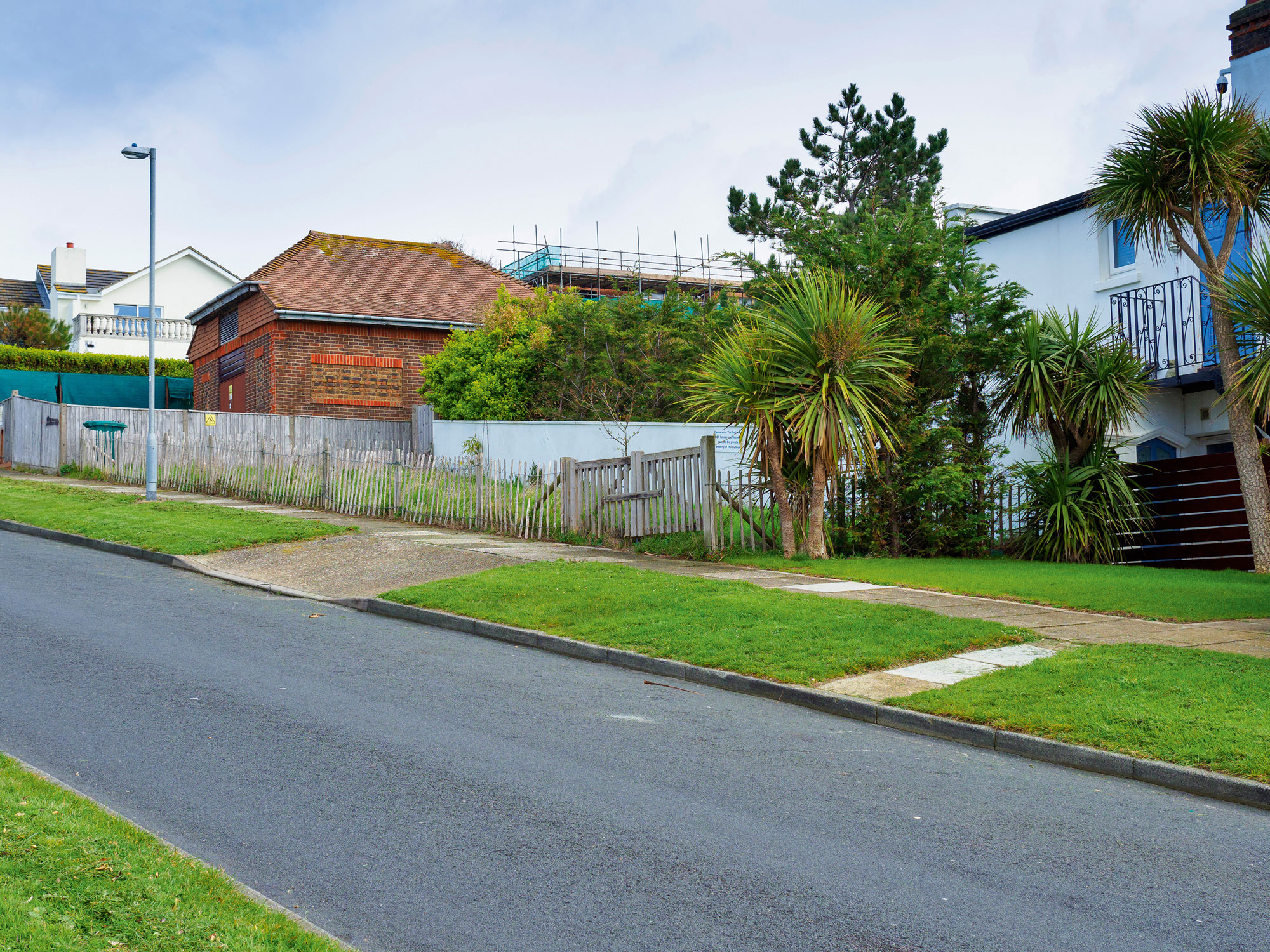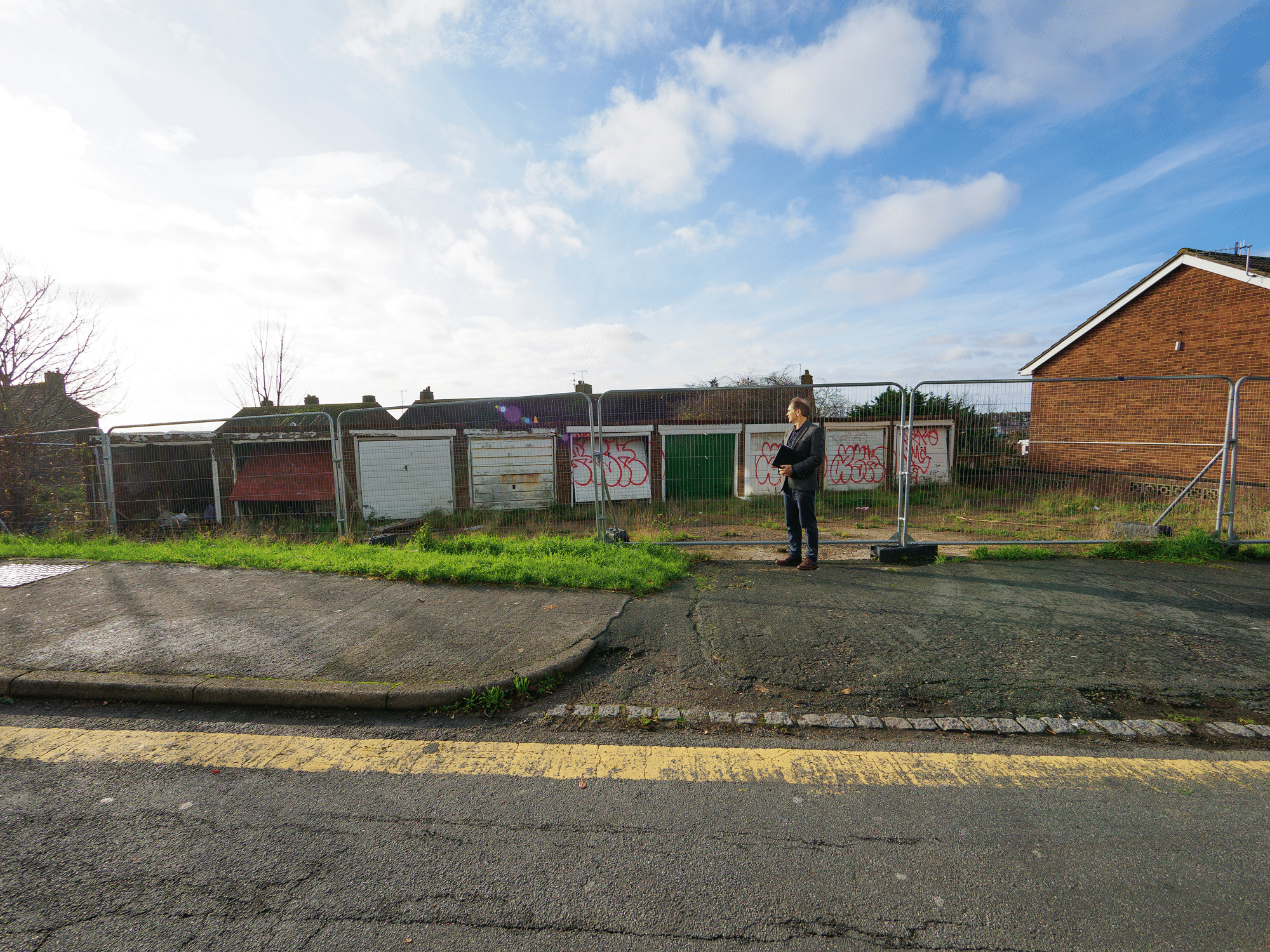7 Steps to Buying a Building Plot
So you’ve spent months trawling through websites like PlotSearch.co.uk, browsing the land auction brochures and investigating potential knock-down-and-rebuild opportunities in your local area.
And finally, you’ve spotted a site that you think could fit the bill for your dream home building project. But what comes next? Here’s what you need to know when you’re ready to put in your offer to buy.
1. Carry out thorough inspections
Viable plots are precious commodities, and much like hunting for the perfect new house, it can take time to find the good ones. Some self builders, through sheer frustration, end up paying too much for a site just to seal the deal – but that inevitably puts pressure on your budget for the subsequent (and much more exciting) building phase.
So when you’re purchasing a plot, the most important first step is to do your due diligence. Commission an independent survey or plot assessment by a professional – just like you would with any other property acquisition.
Learn more: Surveys: Assessing Plots & Property
There’s a lot that can be gleaned from a detailed inspection, including boundary treatments, tree and/or plant growth, spongy or exposed soils, access issues, overhead cables, neighbour activities, contours, orientation, probable service positions and so much more.
If there’s an existing house ripe for demolition, this can reveal useful info about ground stability. But until you can clear it away, it may be a distraction that complicates your ultimate vision. You’ll also need to factor in things like the cost of removing any foundations, and potential ground remediation before the new ones are installed.
If there’s time, it’s best to have a formal soil test carried out to determine an indicative foundation design and identify any potential signs of ground contamination. A willing vendor should always grant their consent for this. The test should be balanced with a desktop analysis of environmental matters (flood risk, radon presence, bedrock levels etc), any past mining activities and the site’s planning history.
Learn more: Soil Surveys Explained
2. Does the plot have planning?
A valid planning consent is central to the value of any piece of land. All the stakeholders involved in your project (principally your lender, their surveyors and then your legal advisers) will want this to be transparent and absolute.
Expired planning permission carries no weight (so there’s no guarantee you can get a new consent), and anything with less than six months left to run is considered weak. Bear in mind if you’re looking to replace a dwelling, then it must currently be habitable to retain its planning status – and remember, you may not be able to increase its size.

The compact coastal plot may be a modest size, but it is a valuable site because it’s teaming with planning potential
Planning approvals usually come with conditions. Sometimes there are just a handful, which are likely to refer to a three-year lifespan for the consent, drawing numbers (and revisions) for the agreed design, and an obligation to confirm the external materials palette with the planners.
Learn more: How to Get Planning Permission First Time
Some approvals have as many as 20 conditions, and you’ll need to understand their implications before going ahead with a purchase.
Where planning is vague and/or not properly tested, you might want to consider agreeing a purchase subject to obtaining a fresh planning approval, carried out at your expense. This would give the vendor certainty of a sale at a set price when planning was ultimately approved, while eliminating the risk for you of not securing consent for a house you want before you commit to buy.
3. Financing a plot purchase
Lending on land is not straightforward. The value arising from planning consent is temporary, and only becomes tangible once all conditions are discharged and a material start has been made on site (eg foundations installed).
Agricultural land might have a notional value of £5,000 to £10,000 per acre, while a quarter acre building plot (with planning) might be worth £100,000 to £300,000 depending on location.
A lender might be prepared to loan you 60 to 80% of the plot’s value, but they’ll either want this repaid before the consent expires (usually with a 12 month safety margin) or a guarantee the project will start by a certain date. Some might seek a charge on another sizeable asset, or possibly a personal guarantee or a third party guarantor.
Specialist self build mortgage lenders are much more comfortable with land acquisition than the high street banks, though some specifically preclude this aspect. For this reason, dedicated brokers are vital, as they will help you navigate the market and direct you to the most appropriate product and, crucially, help you to prepare for the application properly.
4. Mortgage requirements
A self build mortgage application must include detailed information about the build to demonstrate to the lender that you’ve thought through costs. Armed with your identified plot, its planning approval and the drawings that go with it, you will also need to provide:
- Build route; ie assumptions about whether you will be managing the build process yourself or seeking one contractor to oversee this.
- The materials you intend to use. Are you considering traditional bricks and blocks, timber frame or some alternative technologies like SIPs (structurally insulated panels) or
ICF (insulated concrete formwork)? - Detailed costing, bearing in mind the above two assumptions.
- Cashflow models to indicate what money will be required and when.
- Answers to any specific statutory requirements which might arise from the planning conditions and wider property search.
- A demonstration of affordability via details about income, lifestyle costs, whether you intend to continue servicing your existing mortgage or, if you have already sold up, proof
you can afford to service the new rental payments instead. Providers who lend on land will expect this information with your application, before extending a mortgage offer. Once you have that offer, however, you can proceed to completion on your plot. The lender’s contribution to the building plot cost is unlikely to be higher than 80% of the purchase price.
5. Agreeing the plot price
Some vendors will be happy to sell their site to the first cash-rich developer they come across, while some will hold out for best price. Others are keen to work with self builders, especially when the plot is next door to their own house, so that they have some idea of who their new neighbours are going to be.
Land valuation is usually arrived at by subtracting indicative design and build costs from an anticipated final market value. What’s left would be the very maximum that anyone should pay for the plot – and speculative developers will want to secure land at much lower costs than this as they will be seeking a healthy profit from the project.
There will be a guide price but you need to be thorough with due diligence to be sure about your maximum offer. Depending on whether you need a mortgage, negotiations with the vendor could take anything from two to 20 weeks. If there’s a lot of competitive interest, then you may find it difficult to move quickly enough if you’re reliant on a mortgage – unless you can find the cash from another source.
If you need a new planning consent, the process may take longer, and some sellers might request a non-refundable holding fee (known as an ‘option’) in return for giving you the time you need.
Where competition is very high, the selling agent may run the process as a sealed bid. Here, you get one chance to put in an offer by a set date. The vendor can then compare all the offers and choose their preferred bidder, based on the best price and purchaser profile.
6. The conveyance process
This is the bit where you need to involve a lawyer. They’ll treat your plot purchase just like any other property transaction, usually following the Conveyancing Protocol guidelines – especially if you have a mortgage, in which case they’ll be acting for both you and the lender.
Your lawyer will carry out searches on your behalf, usually including drainage, and an environmental assessment. These are standard documents based on information taken from databases/maps from utility companies (water, drainage, power and gas) as well as the Environment Agency, British Geological Survey, Radon UK etc. These are not absolute and are full of caveats, but are nonetheless a good place to start.
Sometimes, physical site inspections will be required (at a cost) to obtain evidence of where services may be located. You’ll need to study these in detail yourself, as your lawyer will expect you to rely on the information contained within these reports and not their interpretation of them.
Then there is the thorny issue of title. Most land, but not all, is registered with the Land Registry. Sensible vendors who secure planning permission in their gardens will have registered the plot they want to sell under a separate title. But title plans and the deed narrative are often difficult to interpret.
On the title plan, in theory the red line around the site shows your boundary positions and plot dimensions. This will usually follow current guidelines, which call for a scale of 1:2500 or 1:1250 for the location plan, together with a site plan of 1:500. Older versions may simply be at a 1:2500 scale. Always check it matches the planning consent.
The deed narrative is designed to tell the story of who sold what to who and when, and who may be the beneficiary of any legal covenants. Understanding this properly takes experience, and your lawyer will advise you of anything that appears to be a problem (ie if they might block development or require you to come to a financial arrangement with the beneficiary).
In some cases, insurance can be used to cover the risk of old covenants where the current beneficiaries are not traceable.
Contracts will be exchanged and completed when both sides are ready to do so, just like any other property purchase, and your lawyer will handle all aspects of this transaction for you.
7. Post-purchase essentials
As soon as you have acquired your plot (or house you intend to demolish and replace), don’t forget to make the site secure with gates and fencing where appropriate. Mains services should be disconnected to prevent any risk of flood, fire or explosion and to save on unnecessary standing charges.
Self build insurance providers
Like any property, the site needs to be insured – but with public liability cover as a minimum. This protects against any claims from third parties who might injure themselves on your land, regardless of whether they should have been there or not. Don’t forget to make regular inspections to ensure an army of squatters hasn’t set up camp.

































































































 Login/register to save Article for later
Login/register to save Article for later











